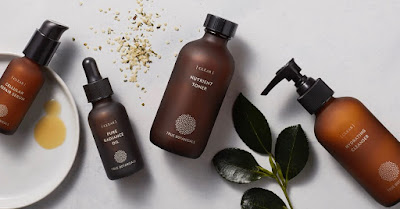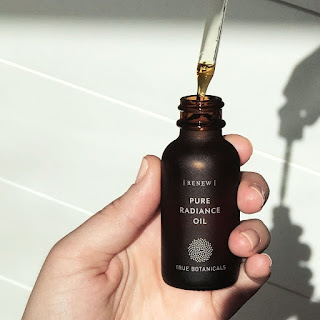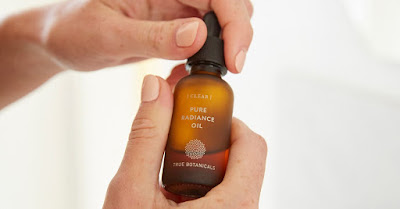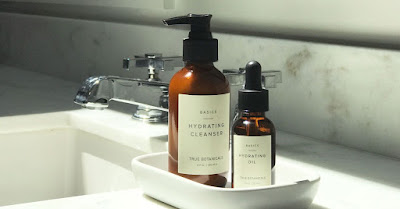Nontoxic? Natural? Organic? What’s In a Skin Care Label

The skin care industry is inundated with labels: nontoxic, natural, organic, hypoallergenic, vegan, gluten-free, non-GMO, as well as a host of industry labels confirming purity or sourcing. The reality is that very few of these claims are regulated or verified by a reputable authoritative body. The cosmetic industry is a buyer-beware market, but the following distinctions can shed light on what’s in a skin care label. Organic The cosmetic industry falls under the purview of the Federal Drug Administration (FDA) and is regulated under the Federal Food, Drug, and Cosmetic Act and the Fair Packaging and Labelling Act. However, the term “organic” is controlled by the U.S. Department of Agriculture's (USDA) National Organic Program, in accordance with the Organic Food Production Act. The USDA organic label means that the agency has verified that a product’s ingredients were produced in accordance with federal standards and verified by an accrediting agent





